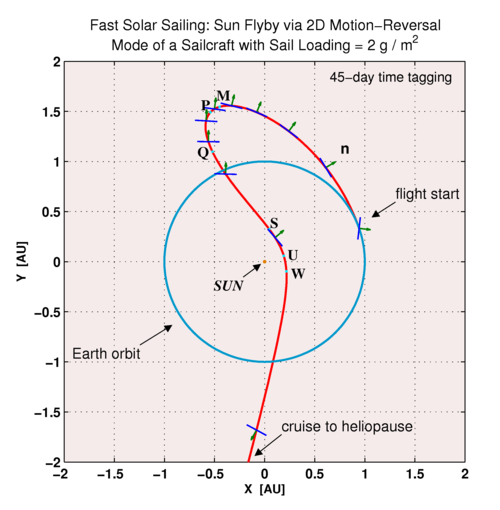V
Valamir
Guest
I have a question about Japan's IKAROS solar sail craft that I hope someone can answer.
When a sail boat sails into the wind it is the boat's rudder that makes it possible to make headway by tacking; the reaction force of the rudder against the water provides the force to keep the boat from being driven backwards. The IKAROS solar sail is sailing towards Venus in the inner solar system. How does a solar sail make progress against the solar wind when moving towards the inner solar system when there isn't a rudder or a medium for a rudder to work against?
When a sail boat sails into the wind it is the boat's rudder that makes it possible to make headway by tacking; the reaction force of the rudder against the water provides the force to keep the boat from being driven backwards. The IKAROS solar sail is sailing towards Venus in the inner solar system. How does a solar sail make progress against the solar wind when moving towards the inner solar system when there isn't a rudder or a medium for a rudder to work against?



